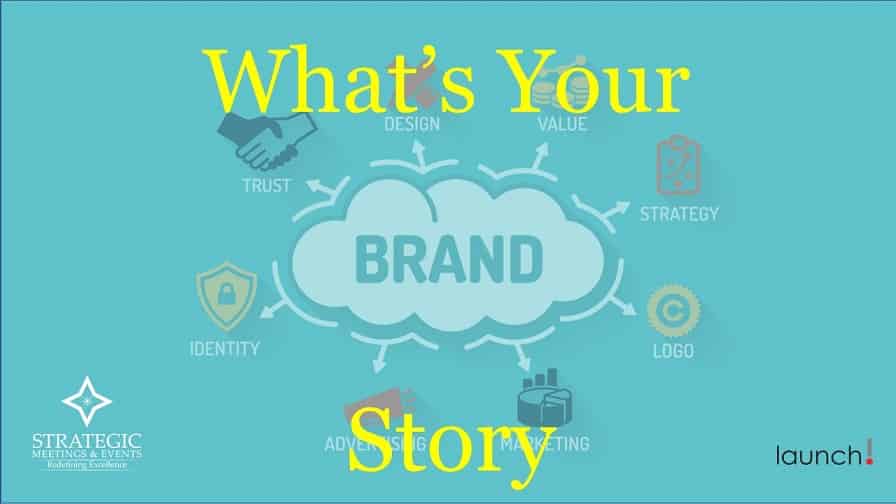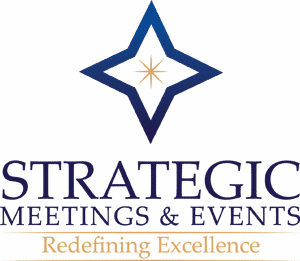
Articles dolling out advice on telling an organization’s story fill industry blogs, websites, publications, and onsite seminars. What that means and how to do it effectively are two very important questions, and the good news is, my new friends at The Launch Group (TLG or Launch) took the time to dissect, decode, and explain exactly that.
My conversation started with Dennis Morgan and The Launch Group Team, which began with background on The Launch Group’s philosophy.
TLG: I think every creative agency or production company wants to say, “We can tell your story.” That’s become a hot button because every company has a story to tell. It’s like Simon Sinek’s ‘What is your why?’ question.
We knew we could go further. We know every story has a past, present, and future, so when we talk to our clients, we stress that no story is stagnant. We put the focus on the future, as businesses are constantly evolving.
Clients are often asked to share their story and that information is used as background, but if you can give us a glimpse of where your story is headed and what direction you’re aspiring, then we have something powerful with which to work.
And that’s why we feel like we really become experts about telling the evolution of an organization’s story and moving that story forward because it’s all about what’s next for the organization.
Your meetings should be moving forward. They should be leaning forward and creating ROI – energy and excitement. That is what is going to ignite a salesforce or workforce to excel throughout the year.
That’s how we think we’re different. I’m coming right out of the gate to say that we really want to lean forward and look at the evolution of story as opposed to just telling a story.
At this point in our conversation, I interrupted Dennis because the smile on my face is so wide my cheeks actually hurt. Either Dennis has memorized my book, “The Strategic Planning Guide for Event Professionals,” or we share a brain, as everything he is saying is spot on as it relates to the necessity of planning strategically. As a reminder, events are the most effective sales and marketing tool a company has. Strategic events accelerate sales cycles and bring a marketing message to life.
With that said, it is critical to understand that an event is a moment in time and is one chapter of a story. For behavioral change to take place it is essential for a strategic, continuous communication cycle be in place to reinforce the story and the teaching which happened onsite. People don’t learn something after being exposed to it only once.
Christy: Part of your mission is focusing on what they are doing now. But more importantly, where they are headed because one of the experiences you try and create is to shape behavior and create actions that will help a company achieve its goals, correct?
TLG: The meeting should direct behavior or enforce behavior. We encourage clients not to do “one offs” for their meetings, so their attendees continue to see that messaging and the messaging is reinforced.
Christy: This is a huge issue with most meetings and events. Attendees are bombarded with messaging only to return to work on Monday and get right back to life as normal. Your theory subscribes to “the Rule of Seven.” People need to be exposed to a message at least seven times before being motivated to act. And that was BEFORE the advent of social media.
TLG: That’s incredibly important to us, and we feel like that’s what separates us and makes us an ally for our clients.
Christy: What three mistakes do you see being most commonly made that The Launch Group addresses and brings a solution to?
TLG: What planners may not realize is that their event is an opportunity to align all the attendees, workforce, and sales force. For some organizations, this is the one shot they get all year to have everyone in the same place and get everybody singing that same song. We see it all the time.
This ‘one shot’ makes a big difference for organizations working to make changes, but you must have the support of the key stakeholders from the beginning for a truly strategic plan.
Want to know more? Stay tuned for Part 2 – Executive Buy-in next.




